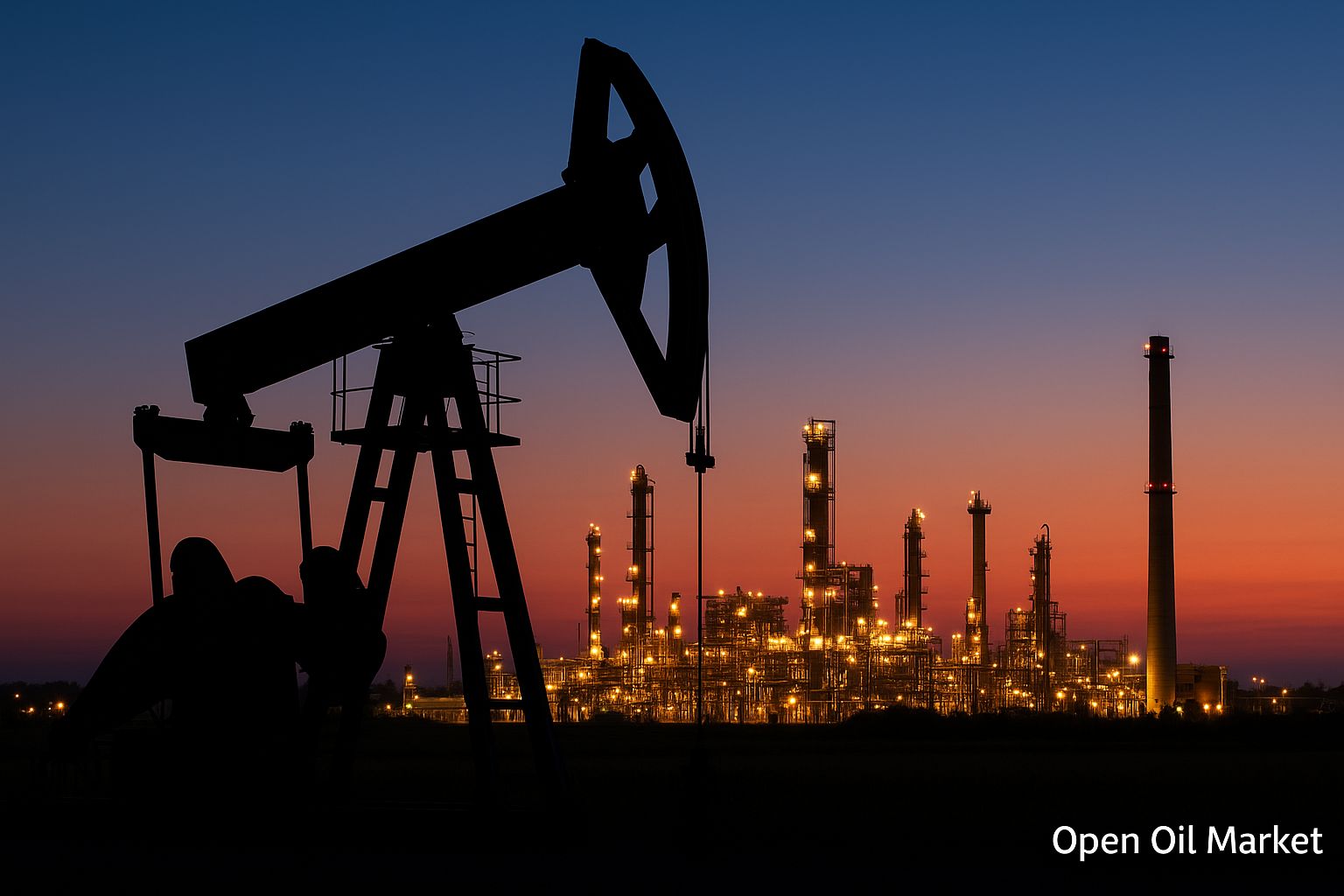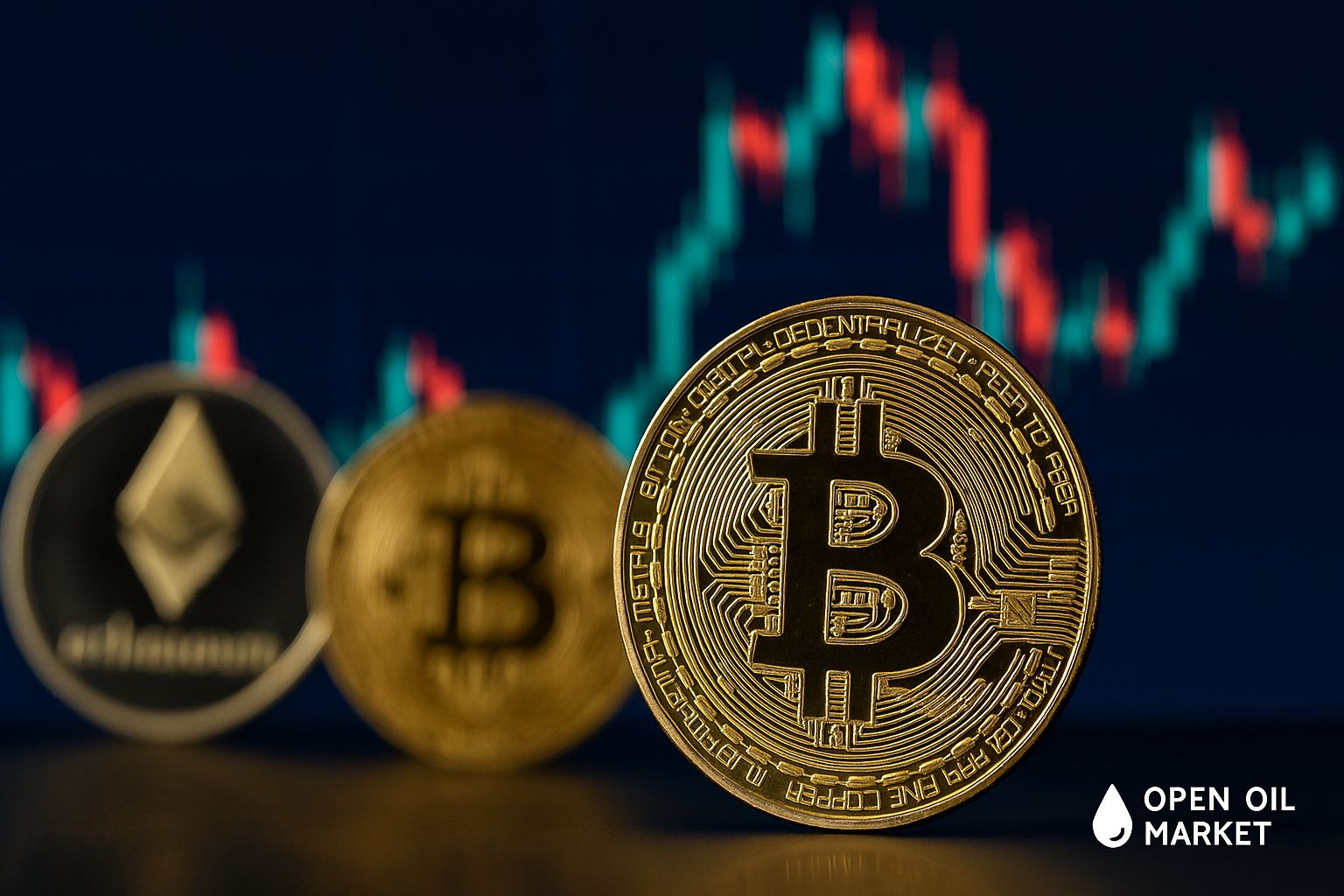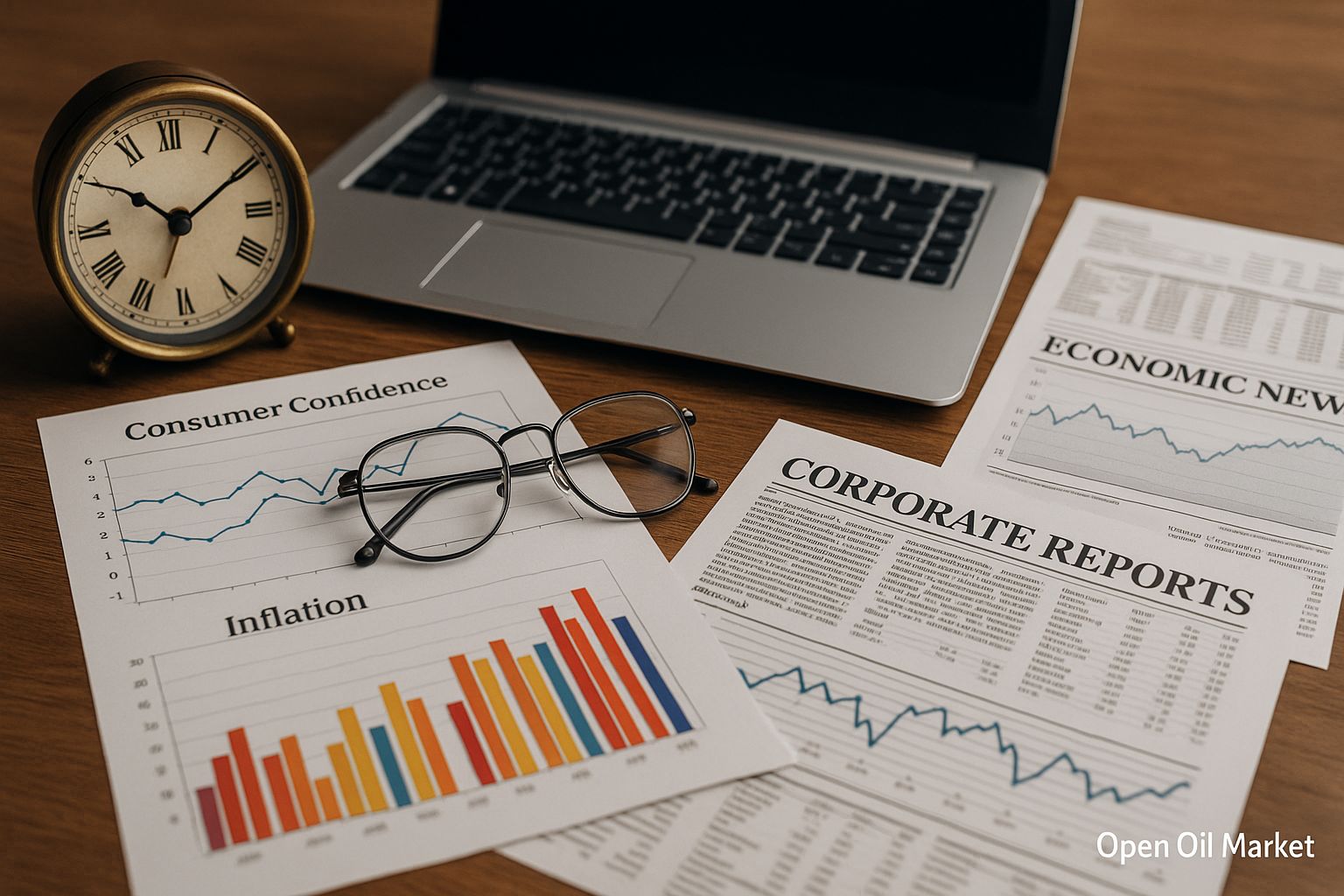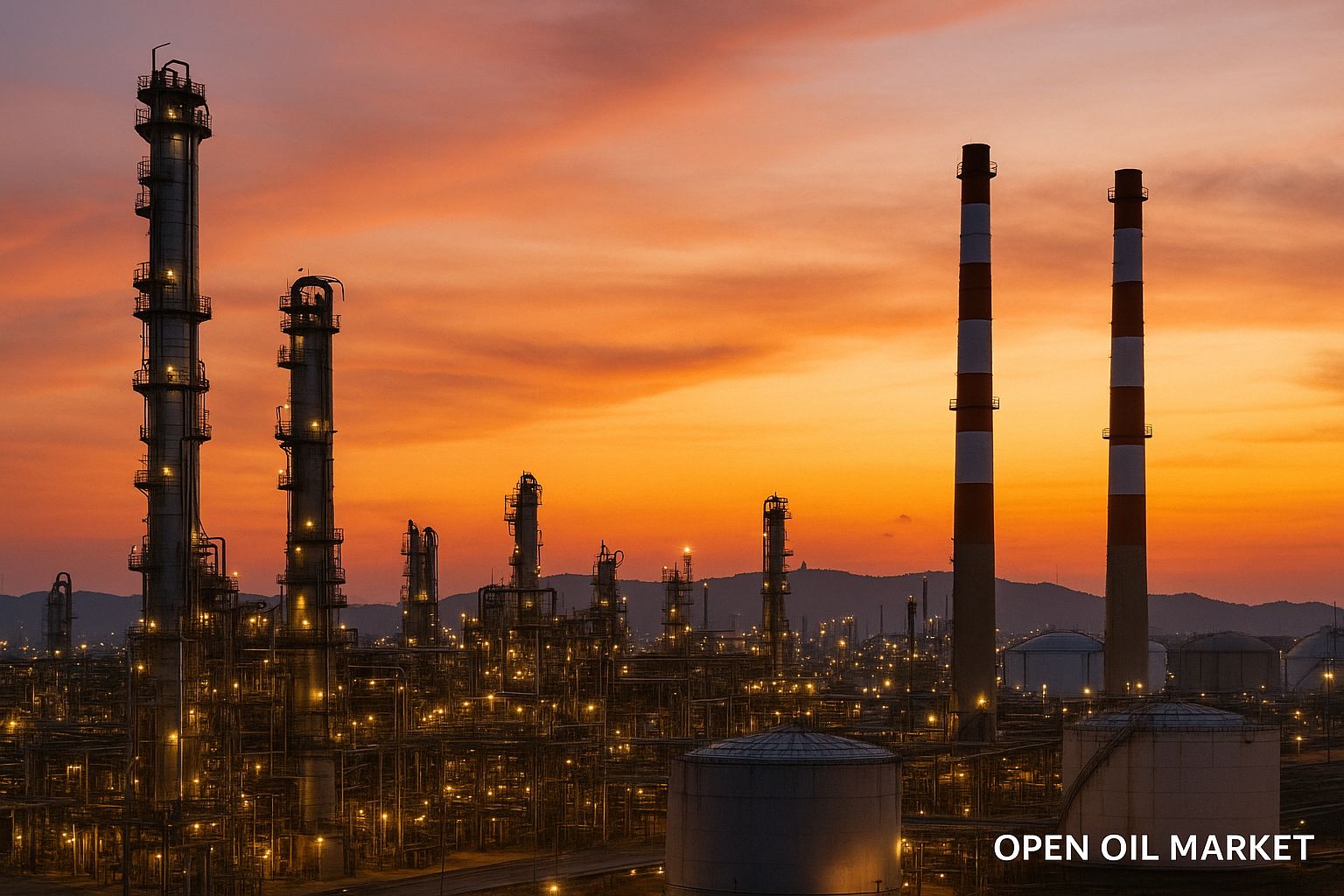
Current News in the Oil and Gas Sector and Energy as of November 25, 2025: Oil, Gas, Renewables, Energy Policy, Sanctions, Fuel and Energy Complex, Global Commodity Markets, Analytics, and Key Events of the Day.
Global Oil Market
Following a sell-off in previous days, oil prices have stabilized at minimal levels. Brent is trading around $62–63 per barrel, while WTI is approximately $58. This is attributed to a combination of factors: an increase in oil inventories in the U.S., moderate demand outlooks from the IEA and EIA, as well as geopolitical news. Intensified negotiations for a ceasefire in Ukraine have alleviated some concerns regarding supply disruptions and have pressured prices downward.
- Inventories and Demand: U.S. crude oil inventories rose by 6.4 million barrels in the week leading up to early November, significantly exceeding forecasts. According to the IEA, by 2026, global oil supply could outpace demand by approximately 4 million barrels per day, creating a risk of substantial market oversupply.
- OPEC+ Decision: In early November, OPEC+ countries agreed to increase output by only 137,000 barrels per day in December and to suspend further increases for the first quarter of 2026 due to concerns over excess supply. Meanwhile, new Western sanctions hinder the expansion of Russian production: U.S. and UK restrictions have primarily impacted "Rosneft" and "LUKOIL."
Sanctions and Russian Oil Exports
As of November 21, U.S. sanctions against "Rosneft" and "LUKOIL" have taken effect. These measures could remove up to 48 million barrels of Russian oil from the global market. Russian export flows are facing logistical difficulties: some tankers carrying Urals, ESPO, and other varieties have been redirected to alternative destinations or delayed en route. Indian refineries are already reserving vessels for oil supplies from the Persian Gulf in place of Russian sources.
- Price Impact: In the short term, Russian oil is being sold at significant discounts, which has stimulated demand for Urals in Asia. However, starting January 16, the EU will fully ban imports of fuel derived from Russian oil (the ICE exchange will cease accepting "Russian" diesel and gasoline). This will create a shortage in the refined products market and support high margins for sellers of alternative supplies.
Diesel Market and Refined Products
In contrast to crude oil, diesel prices remain at elevated levels: although they have decreased slightly over the past week, they are still 8% higher than late October levels. This is due to a diesel shortage in the global market. Russia, the second-largest diesel exporter, has cut supplies to record low levels due to attacks on refineries and sanctions: in October, exports fell to just 669,000 barrels per day (the lowest since 2020). "Rosneft" and "LUKOIL" previously supplied about 270,000 barrels of diesel per day (37% of Russia's exports and 9% of global supply) – now these volumes are withdrawn.
European and Asian refineries that previously received cheap Russian oil are already restructuring logistics and reducing purchases from Russia. As a result, the margin for diesel production has increased: U.S. refineries have ramped up diesel exports to Europe, and their profits per barrel have risen by approximately 12%. Even with a potential peace settlement in Ukraine, a lifting of European restrictions seems unlikely, thus diesel prices are expected to remain elevated.
European Gas Market
Gas prices in Europe have sharply declined: on November 24, TTF gas prices for December deliveries fell below €30 per MWh (approximately $355 per 1000 m³), marking the lowest levels since May 2024. This decrease is linked to optimism surrounding negotiations in Ukraine. Market participants believe that if peace initiatives succeed, the EU may reconsider its stringent plans to eliminate Russian LNG, thus easing some supply reliability premiums. It is noteworthy that in pre-war years, Russia accounted for up to 45% of EU gas imports, but this figure is currently around 10%. Meanwhile, the EU has adopted a plan to completely cease imports from Russia by the end of 2027, which is contested by Hungary and Slovakia.
- Gazprom Warns: "Gazprom" has pointed to unprecedented gas withdrawal rates from European underground storage facilities. According to the Gas Infrastructure Europe association, from November 19 to 21, European countries extracted record amounts of gas daily. By November 21, storage levels in the EU dropped below 80% – one of the lowest figures in the past decade. In the event of prolonged cold spells, existing supplies may not suffice to meet the needs of residential and industrial consumers.
LNG (Liquefied Natural Gas)
- Imports from the U.S.: By the end of 2025, the EU will have set a record for purchasing American energy resources – approximately $200 billion (including LNG, nuclear fuel, and oil). The share of American LNG in total gas imports to the EU has risen to 60%. The EU is actively entering into long-term contracts for LNG supplies from the U.S., further reducing dependency on alternative sources.
- Projects and Risks: New challenges are emerging in the global LNG market. In Australia, unions have submitted a strike notice at the under-construction Pluto expansion project (Woodside Energy) due to significant wage disparities compared to a similar Wheatstone project. Should the strike occur, the start of additional LNG deliveries from this project could be delayed until the end of 2026. Such disruptions increase tensions in the global gas market: similar events in 2023 led to rising gas prices due to supply reallocations.
Energy Policy and Renewables
- COP30 (UN): At the climate summit in Brazil, the final declaration excluded a phased-out approach to oil, gas, and coal. This means that the official document no longer includes calls to abandon fossil fuels. Such wording reflects a compromise between countries advocating for a smooth transition to clean energy and major oil and gas exporters demanding consideration of their interests.
- G20 Declaration: Leaders of the G20 at the Johannesburg summit emphasized the need for stable supplies of fossil fuels, noting that sanction risks must be acknowledged. The joint statement highlighted the importance of reliable energy supply chains and fair distribution of benefits from resource development. Meanwhile, G20 countries reaffirmed ambitious climate goals: to triple renewable energy capacity and double energy efficiency by 2030.
- Renewable Projects: Despite political discussions, "green" projects are advancing. Statkraft launched Germany's largest hybrid power plant: 46.4 MW of solar panels with a storage battery capacity of 57 MWh (providing energy for approximately 14,000 homes, saving 32,000 tons of CO₂ annually). In India, ReNew Power secured $331 million from the ADB to construct a 2.8 GW hybrid site (solar + wind turbines with storage), capable of delivering 300 MW of "green" energy around the clock. These projects enhance energy system security and contribute to the energy transition.
Major Deals and Investments
- Saudi Aramco: Saudi Arabia's state oil company is preparing one of the largest deals in history: selling stakes in its export terminals and storage facilities. The transaction is expected to yield over $10 billion, which will be directed towards production development, including the Jafurah gas project. Nevertheless, Aramco continues to actively invest in expanding oil and gas production.
Overall, as of November 25, 2025, global energy resource markets are at a crossroads of significant change. On one hand, hopes for a peaceful resolution to the crisis are alleviating some geopolitical risks and pressuring prices downward. On the other hand, sanctions and operational issues are maintaining shortages in certain segments (particularly diesel and gas) and leading to high volatility. Market participants should closely monitor the progress of negotiations, regulatory decisions, and global energy strategies, as these will determine the future dynamics of demand, exports, and prices in the fuel and energy complex.




